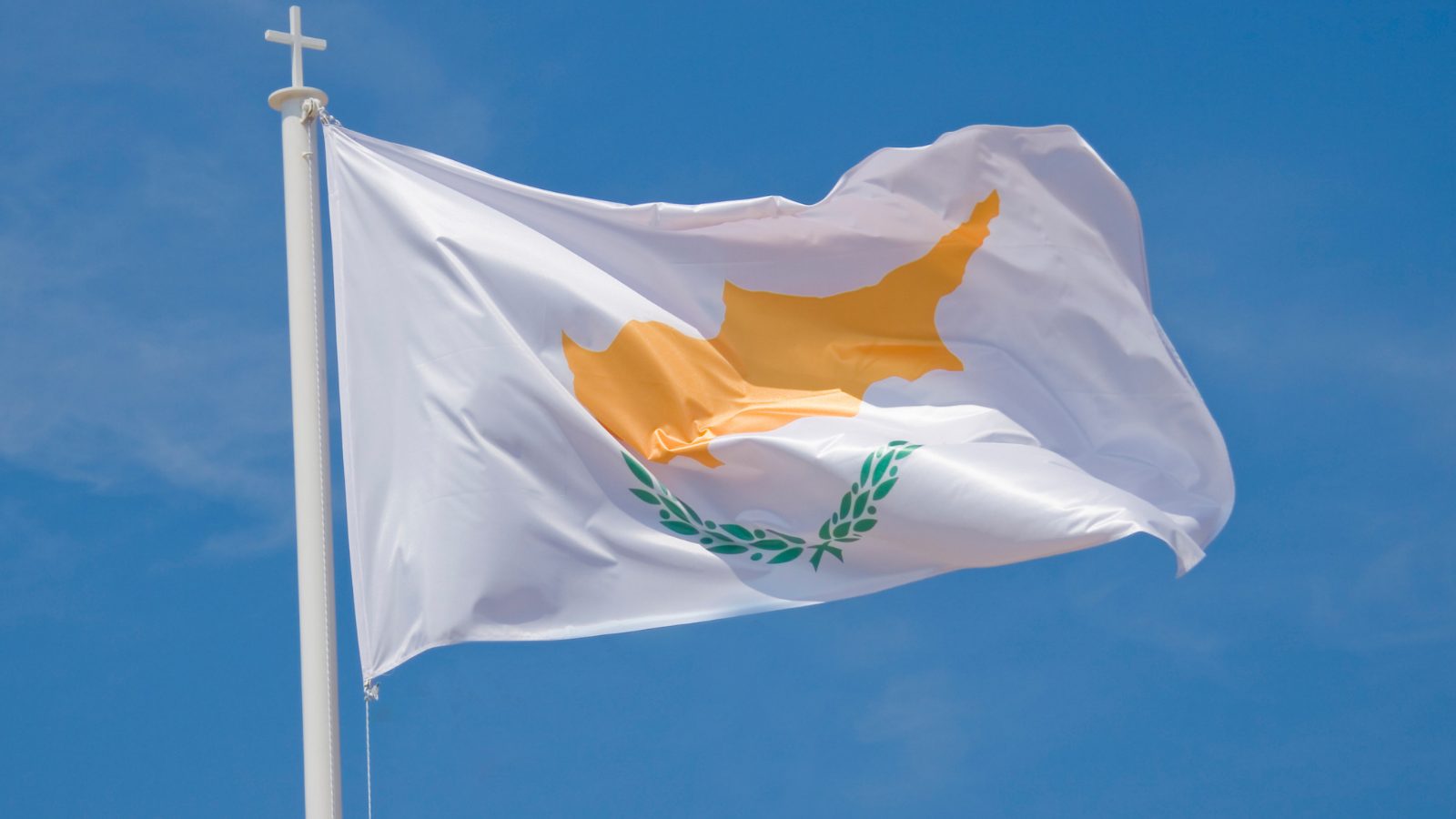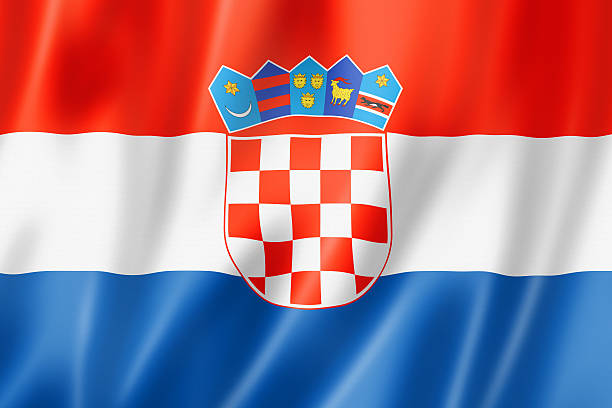Czechia has enacted immigration limits and limitations to reduce the number of immigrants entering the nation. Both refugees seeking asylum and economic migrants are subject to these restrictions and limitations. The government sets yearly economic immigration quotas after considering the demands of the labor market and the country’s overall capability for integration. A quota of 25,000 was established for 2022, the same as in prior years. However, the cap for highly skilled non-EU employees with blue cards was raised from 6,000 to 7,000.

Caps
There are caps on the number of immigrants from particular nations in addition to the yearly quota. The caps are determined by the total number of asylum requests that each nation submitted in the preceding year. If more applications are submitted than allowed, the nation is added to a list of safe countries of origin. Refugees from safe countries of origin are more likely to be repatriated than they are to be granted refuge.
Czechia’s immigration quota systems
Many immigration quotas in Czechia apply to various immigrant groups. They consist of:
The quota for economic migration
The maximum number of non-EU nationals who may apply for a long-term visa or a residence permit with the intent to work in Czechia is determined by the economic migration quota. The quota is intended to control economic migration and make sure that the country’s capability for integrating newcomers is not exceeded by the number of immigrants arriving. The government determines the quota on an annual basis while taking into consideration the labor market’s requirements and integration potential. A quota of 25,000 was established for 2022, the same as in prior years.
Blue card cap
The maximum number of non-EU nationals who may apply for a Blue Card is determined by the Blue Card Quota. Highly talented professionals may work and reside in Czechia with the help of a Blue Card, which is a work permit. The total economic migration cap includes the Blue Cards allotment, which was raised from 6,000 to 7,000 in 2022. The goal of the Blue Card is to draw in highly qualified employees who can boost the Czech economy and fill skill gaps in certain areas.
Refugee quota
The maximum number of migrants who may be given asylum in Czechia is determined by the asylum quota. The government determines this quota after consulting with the European Union and the UNHCR (United Nations High Commissioner for Refugees). The quota is designed to guarantee that the nation can provide sufficient assistance and integrate services to refugees. The cap on refugees was set at 650 for 2022.
Limits on certain nationalities
The quantity of immigrants from certain nations is also subject to limits in the Czech Republic. These limits are determined by the total number of asylum requests that each nation submitted in the preceding year. If more applications are submitted than allowed, the nation is added to a list of safe countries of origin. Refugees from safe countries of origin are more likely to be repatriated than they are to be granted refuge. These caps aim to prevent a large number of asylum seekers from a single country from overwhelming the country’s asylum system.
In conclusion, Czechia’s many immigration quota types are intended to control immigration and make sure that the nation can provide sufficient assistance and integrate services to newcomers. The quotas take into consideration the demands of the asylum system, the requirements of the labor market, and the capability for integration. In general, the Czech Republic’s immigration quotas and limitations are created to strike a balance between the nation’s economic and social demands and its capacity to assimilate immigrants. While some have criticized these regulations for being too restrictive, others contend that they are essential to preserve social cohesion and avoid placing a burden on public services.
You may also find these articles helpful
Getting a job as an expat in Czechia

